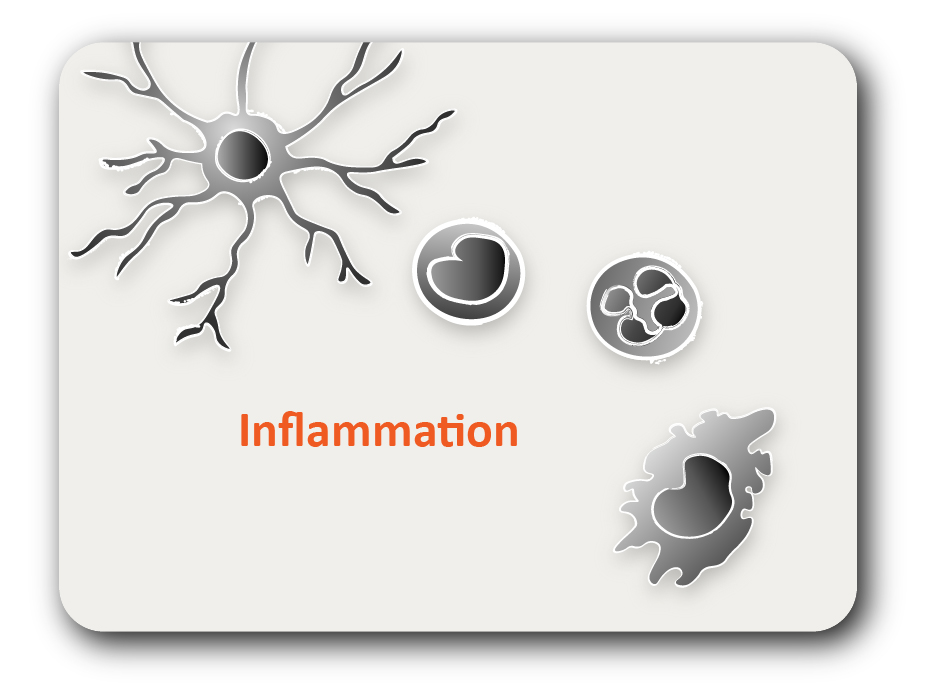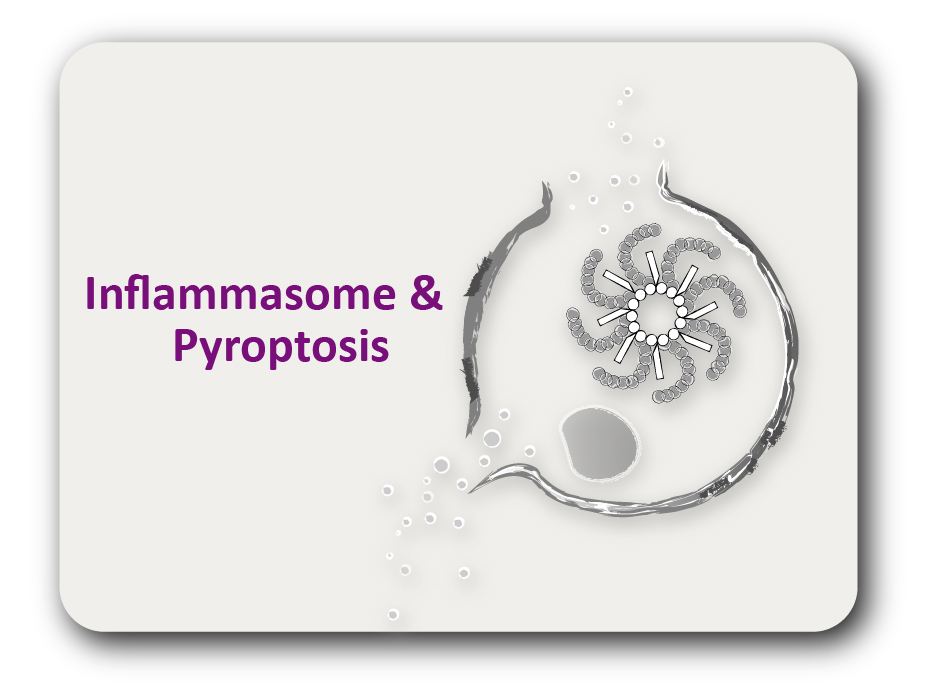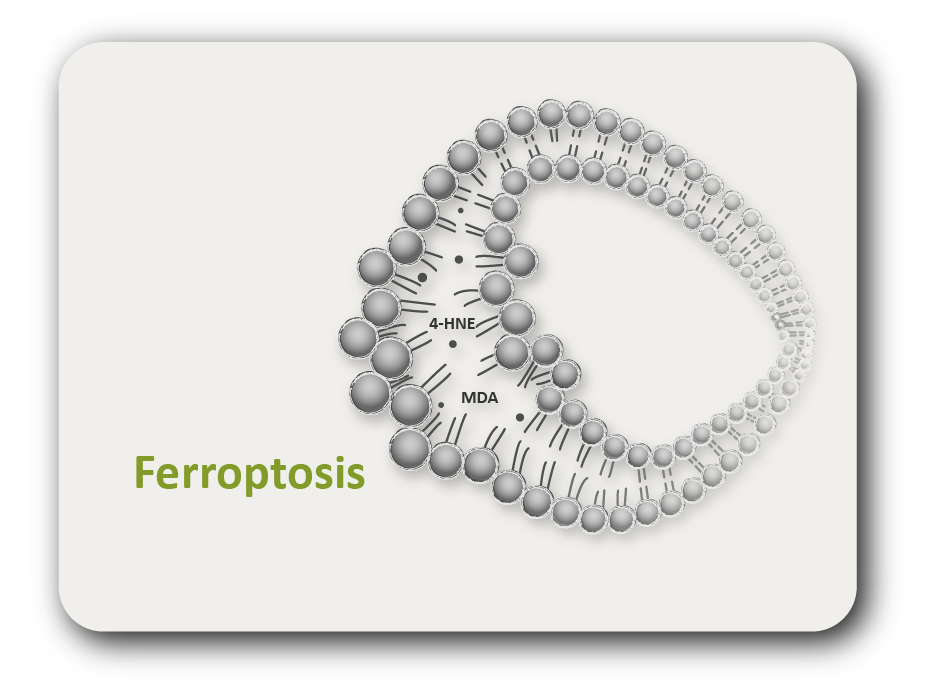ARG70543
Human ROR1 recombinant protein (His-tagged)
Human ROR1 recombinant protein (His-tagged) for SDS-PAGE
Overview
| Product Description | CHO expressed, His-tagged Human ROR1 recombinant protein |
|---|---|
| Tested Application | SDS-PAGE |
| Target Name | ROR1 |
| A.A. Sequence | Asn308 - Asp395 |
| Expression System | CHO |
| Alternate Names | ROR1; Receptor Tyrosine Kinase Like Orphan Receptor 1; NTRKR1; Inactive Tyrosine-Protein Kinase Transmembrane Receptor ROR1; Neurotrophic Tyrosine Kinase, Receptor-Related 1; EC 2.7.10.1; DJ537F10.1 |
Properties
| Form | Powder |
|---|---|
| Purification Note | Endotoxin level is less than 0.1 EU/µg of the protein, as determined by the LAL test. |
| Purity | > 90% (by SDS-PAGE) |
| Buffer | PBS (pH 7.4) |
| Reconstitution | It is recommended to reconstitute the lyophilized protein in sterile water to a concentration not less than 200 μg/ml and incubate the stock solution for at least 20 min at room temperature to make sure the protein is dissolved completely. |
| Storage Instruction | For long term, lyophilized protein should be stored at -20°C or -80°C. After reconstitution, aliquot and store at -20°C or -80°C for up to one month. Storage in frost free freezers is not recommended. Avoid repeated freeze/thaw cycles. Suggest spin the vial prior to opening. |
| Note | For laboratory research only, not for drug, diagnostic or other use. |
Bioinformation
| Gene Symbol | ROR1 |
|---|---|
| Gene Full Name | Receptor Tyrosine Kinase Like Orphan Receptor 1 |
| Background | This gene encodes a receptor tyrosine kinase-like orphan receptor that modulates neurite growth in the central nervous system. The encoded protein is a glycosylated type I membrane protein that belongs to the ROR subfamily of cell surface receptors. It is a pseudokinase that lacks catalytic activity and may interact with the non-canonical Wnt signalling pathway. This gene is highly expressed during early embryonic development but expressed at very low levels in adult tissues. Increased expression of this gene is associated with B-cell chronic lymphocytic leukaemia. Alternative splicing results in multiple transcript variants encoding different isoforms. [provided by RefSeq, Jun 2012] |
| Function | Via IGFBP5 ligand, forms a complex with ERBB2 to enhance CREB oncogenic signaling. [Uniprot] |





